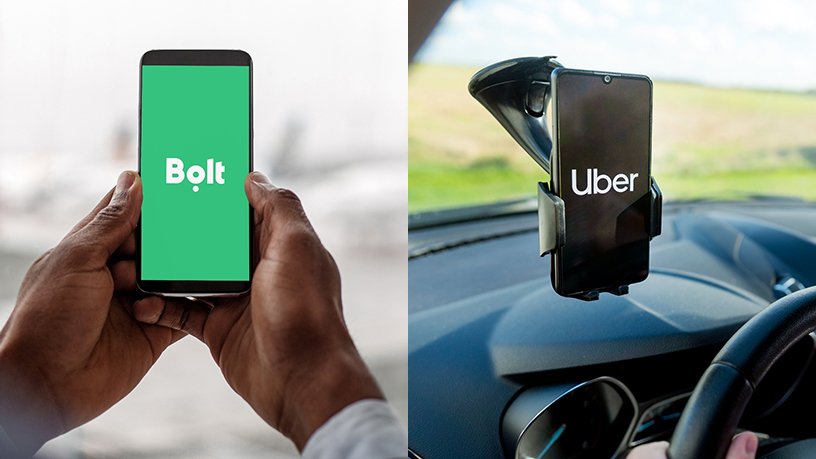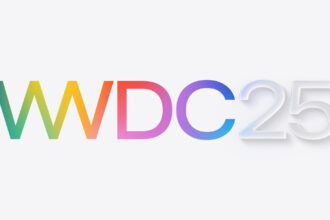When ride-hailing apps Uber and Bolt launched in Kenya in 2015, they made promises to drivers of better earnings and a new experience for riders. Today, these companies delivered on their promise to riders by giving them cheap rides. However, drivers have seen their income decline over the years.
Then on July 16, 2024, taxi drivers embarked on the fourth strike since 2020 in protest of low income and unfair working conditions. According to the drivers, the fares do not reflect the country’s economic realities.
A 25km trip is about KES1,000 ($7.52). When you deduct the 18% commission paid to the company and other charges, you’re left with very little even to service the car. My car consumes one litre of fuel per 20km. If you do the math, you will see how little money I make at the end of the month, yet I have a young family.
Steve Mutisya, Taxi driver
The Math
For a 25km trip, the driver gets paid KES1,000 ($7.52), deducts KES180 ($1.37) from the 18% service fee, KES28.8 ($0.22), a 16% VAT on the service fee, then KES222 ($1.69) for 1.25 liters of fuel. How much balance does Mutisya have remaining?
Answer: KES 569 ($4.33)
In 2022, after the Ministry of Transport maxed the commission to be paid to Uber and Bolt at 18%, the companies reviewed the trip prices. That worked in favor of the drivers for a while until the cost of fuel and car parts increased, tipping the scale to the disadvantage of the drivers.
These ride-hailing companies have the notion that their customers are price sensitive and increasing the fares accordingly will reduce patronage and profits. However, if the price were to remain the same, someone would have to take the loss. According to the business model, that’s where the drivers come in.
After two years after the price review, fuel prices have risen by up to KES 50 ($0.37) a liter. Vehicle maintenance has also declined following an increase in import duty from 25% to 35% besides a 20% excise tax.
In 2022, brake pads would cost me KES1,200 ($9) and a good service between KES6,000 ($45) to KES10,000 ($75). Today, brake pads alone go for KES6,000.
Mutisya
The high maintenance costs for vehicles have forced insurance companies to stop covering some popular car models for taxi operators, including Suzuki Alto, Honda Fit, and Mazda Demio.
Moreover, most taxi drivers who took loans to buy cars have been left paying cumbersome debts that they cannot completely repay.
I took a KES120,000 ($902) loan to top up my savings for this car. I had to ask for help from my family to clear the debt because the money I was getting could not. I know of colleagues who took loans to grow their fleet and are now struggling to repay.
John Munyao, a Bolt driver in Nairobi
The Ridehall Transport Association, one of the sector representatives, wants the companies to include drivers in setting minimum and base fares.
The person who sets the prices doesn’t bear the cost of running the business. Ultimately, the taxi apps determine the cost of each trip, not the driver.
Zakaria Mwangi, Secretary General of the association.














